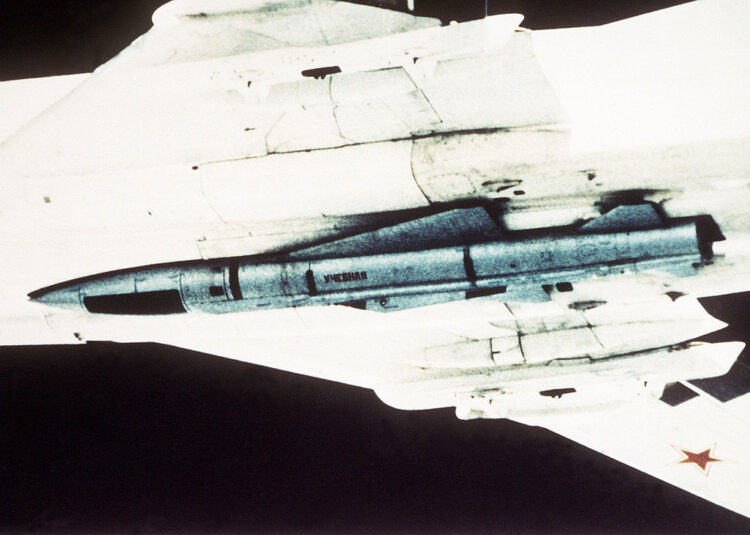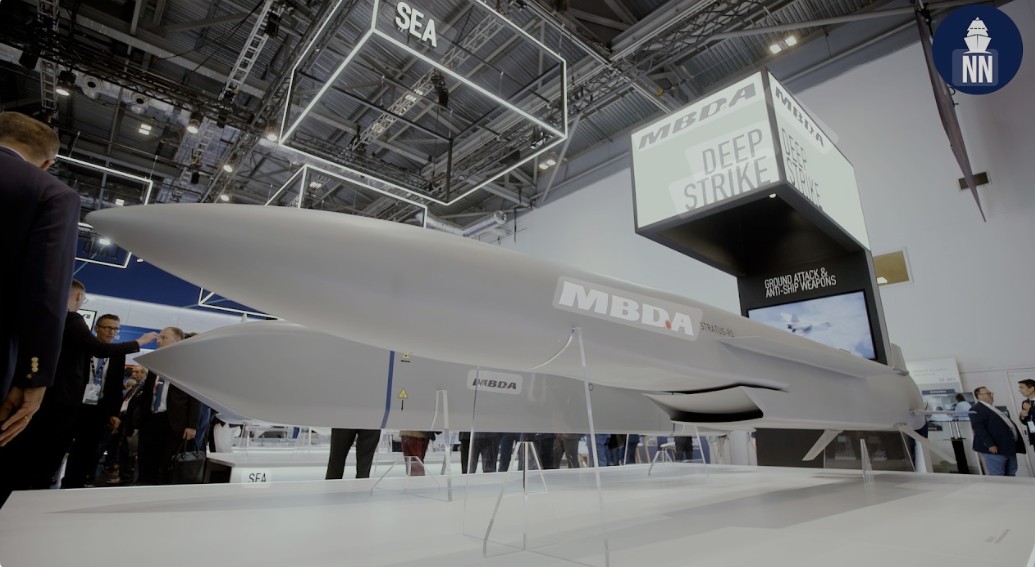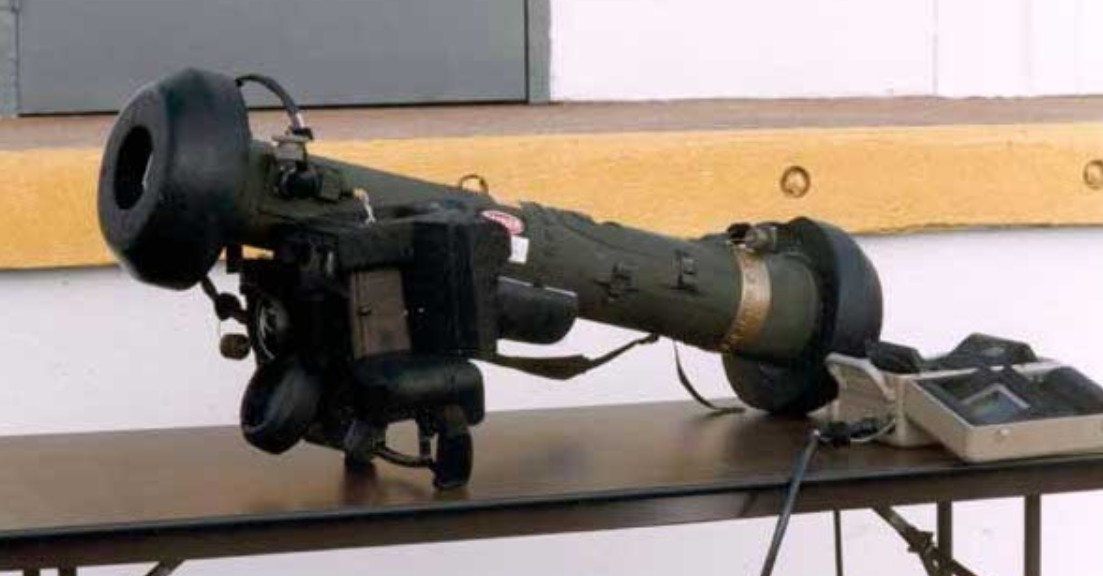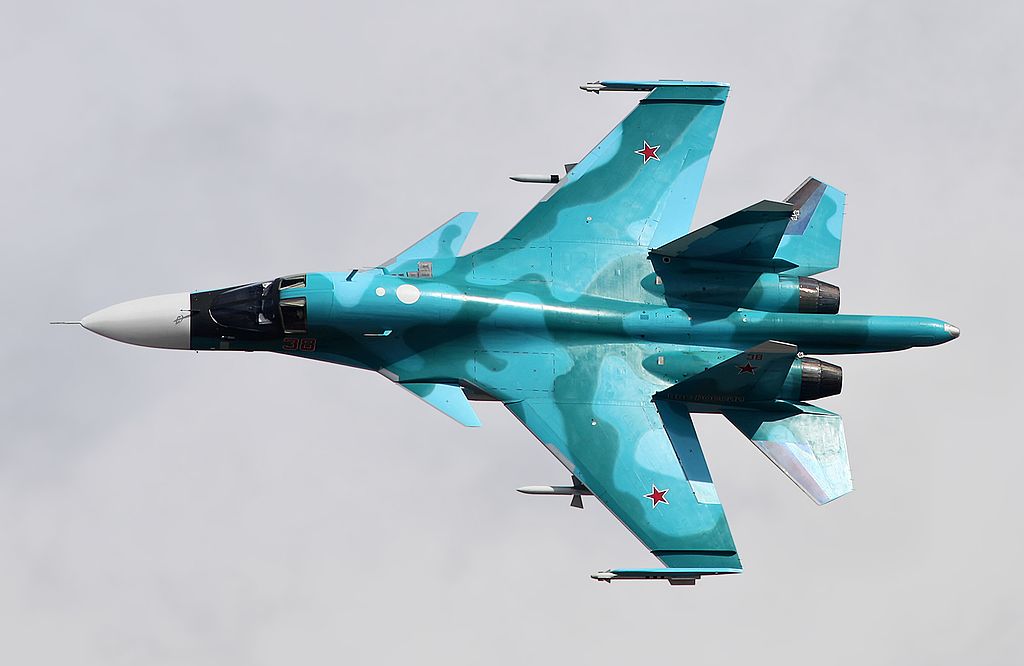Introduction:
The Kh-22 is a Soviet supersonic anti-ship missile developed in the 1960s. It was designed to be launched from aircraft and had the capability to penetrate enemy ship defenses. The missile played a significant role in the Soviet Union’s naval strategy during the Cold War.
Design and Development:
The development of the Kh-22 began in the late 1950s in response to the increasing threat posed by aircraft carriers and large warships. The Soviet Union recognized the need for a long-range missile capable of targeting these ships and started working on the project.
Specifications:
| Length | 10.07 meters |
|---|---|
| Diameter | 0.9 meters |
| Weight | 5,800 kilograms |
| Speed | Mach 4+ |
| Range | 600 kilometers |
| Warhead | Conventional or nuclear |
Deployment and Capabilities:
The Kh-22 missile was primarily carried by Soviet strategic bombers. These bombers, including the Tu-22M and Tu-95, had the capability to launch the missile from high altitudes and speeds, allowing for surprise attacks on enemy ships.
Effectiveness and Legacy:
The Kh-22 proved to be a highly effective anti-ship missile. Its high speed and long range made it difficult for enemy ships to defend against. The missile was capable of carrying either a conventional or nuclear warhead, further enhancing its destructive power.
Conclusion:
The Kh-22 missile was a formidable weapon in the Soviet Union’s naval arsenal. Its design and capabilities allowed it to effectively target and destroy enemy ships. While the missile is no longer in active service, its legacy as a highly successful anti-ship weapon lives on.









